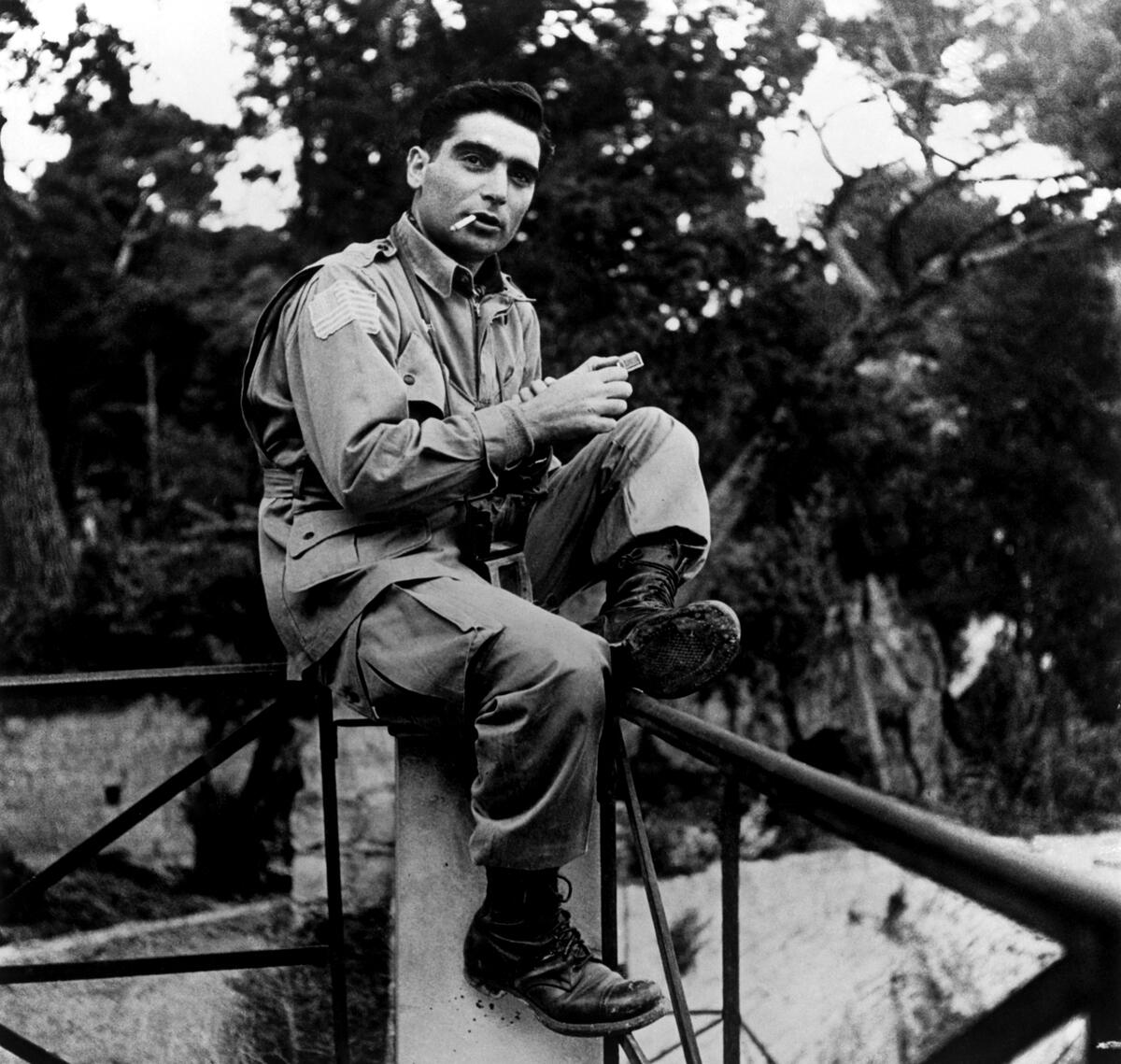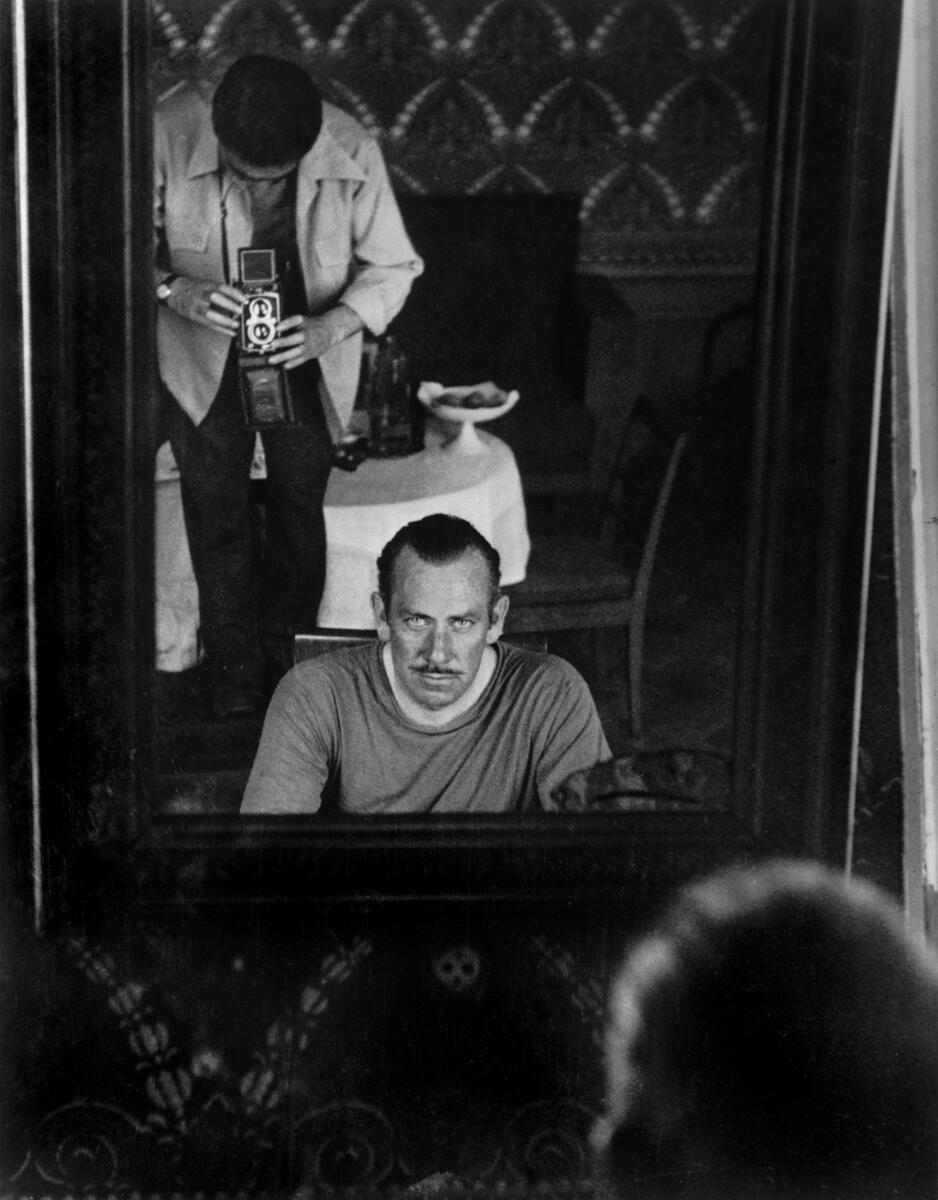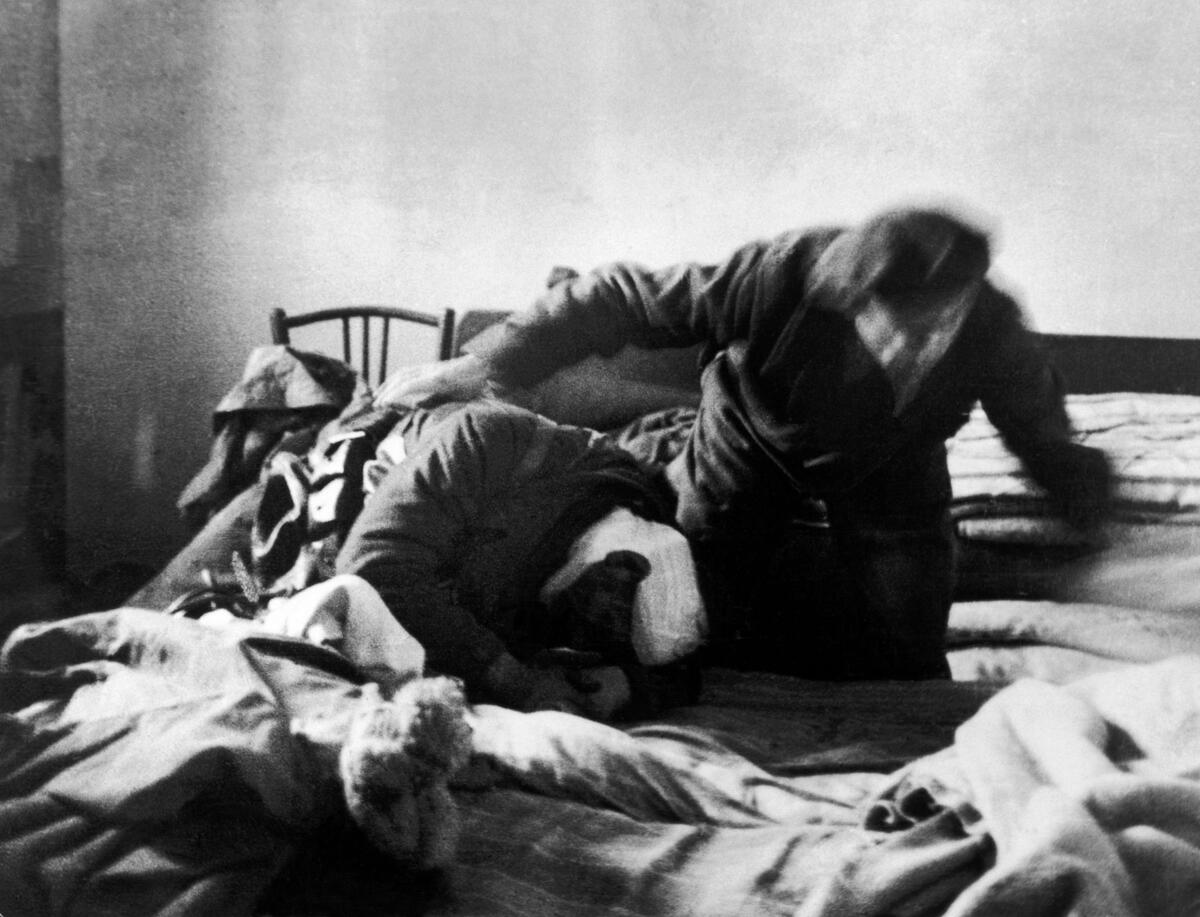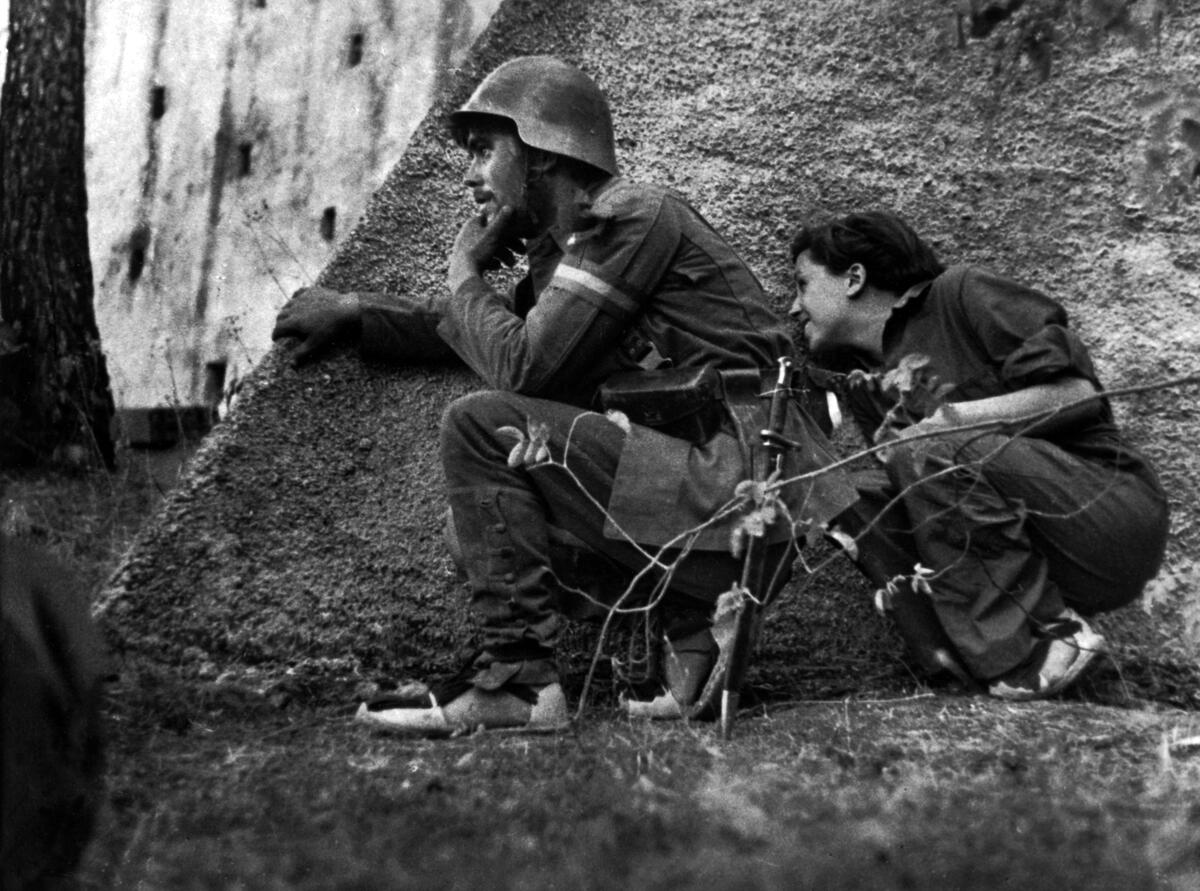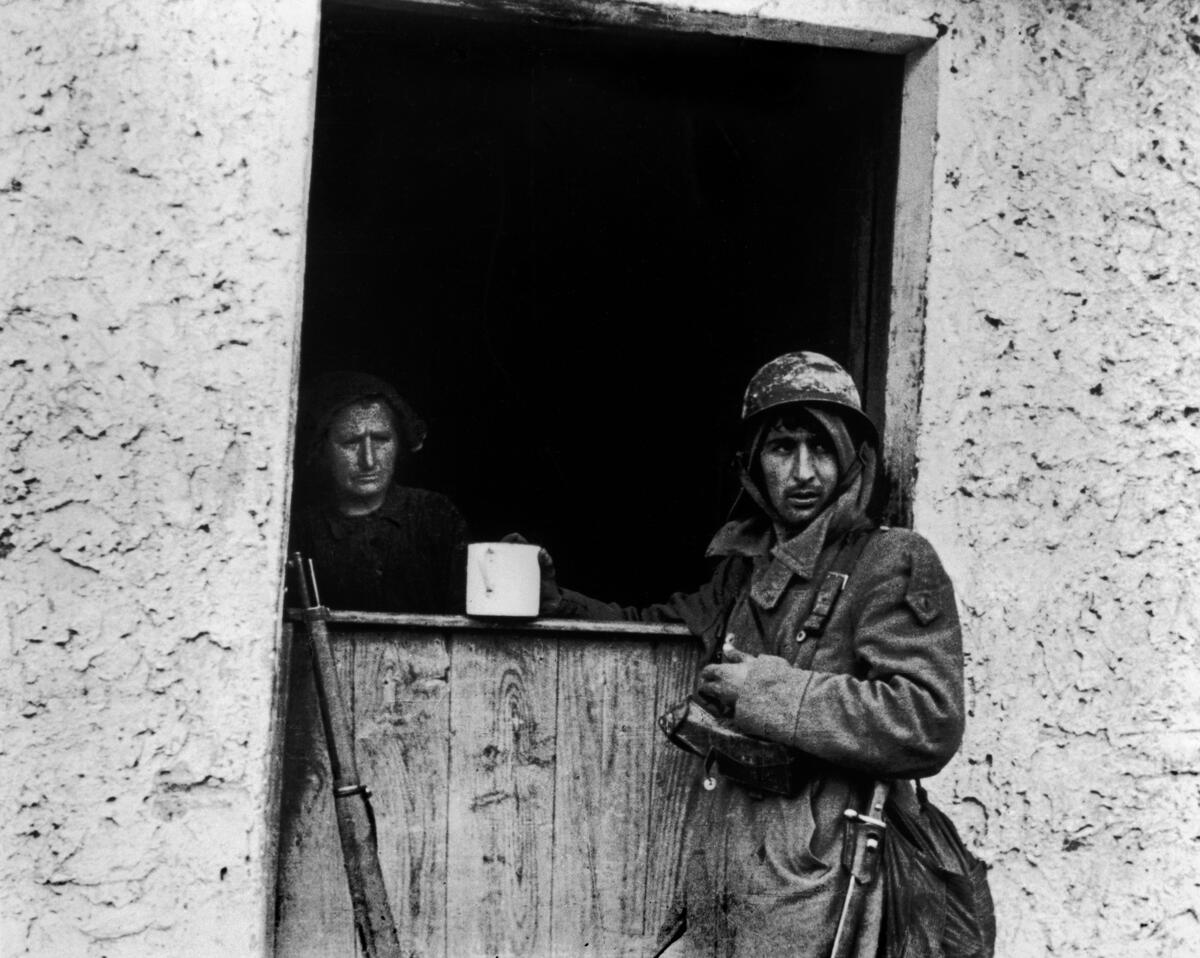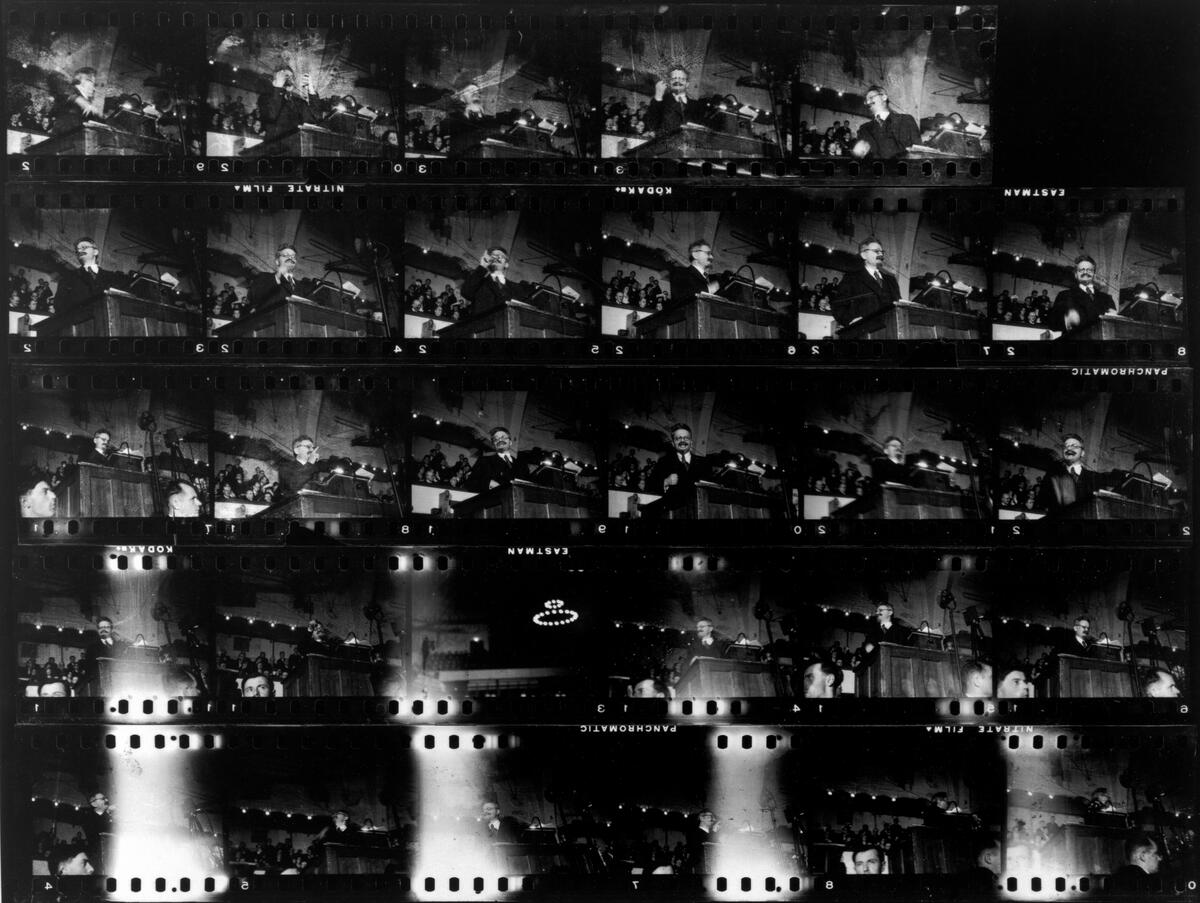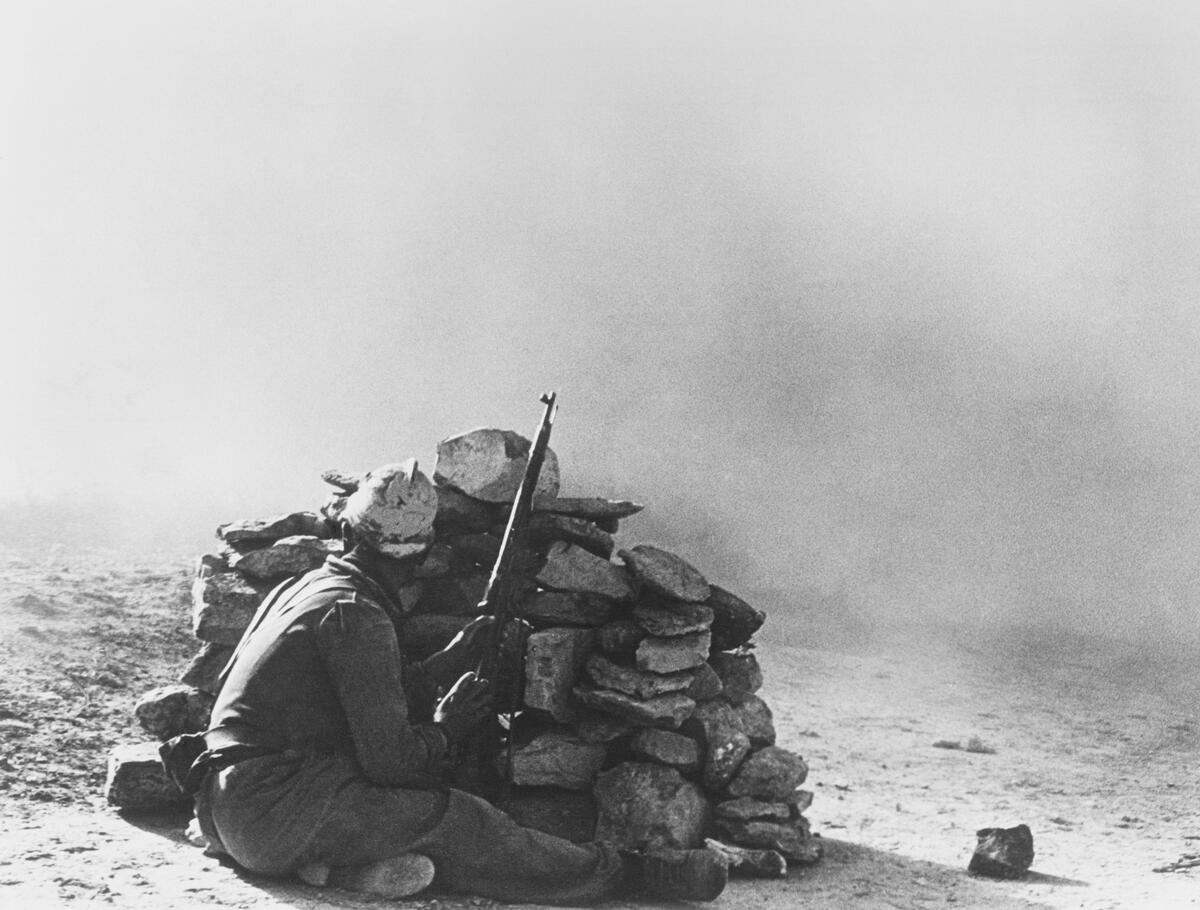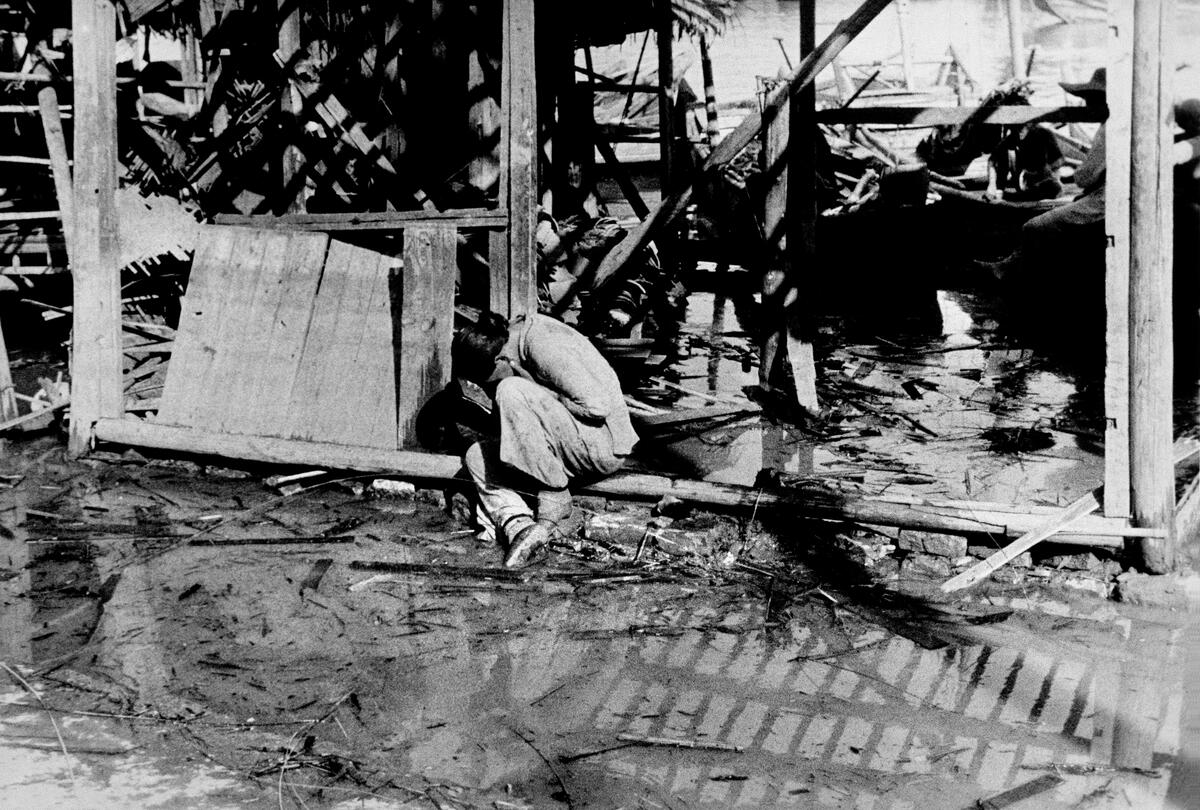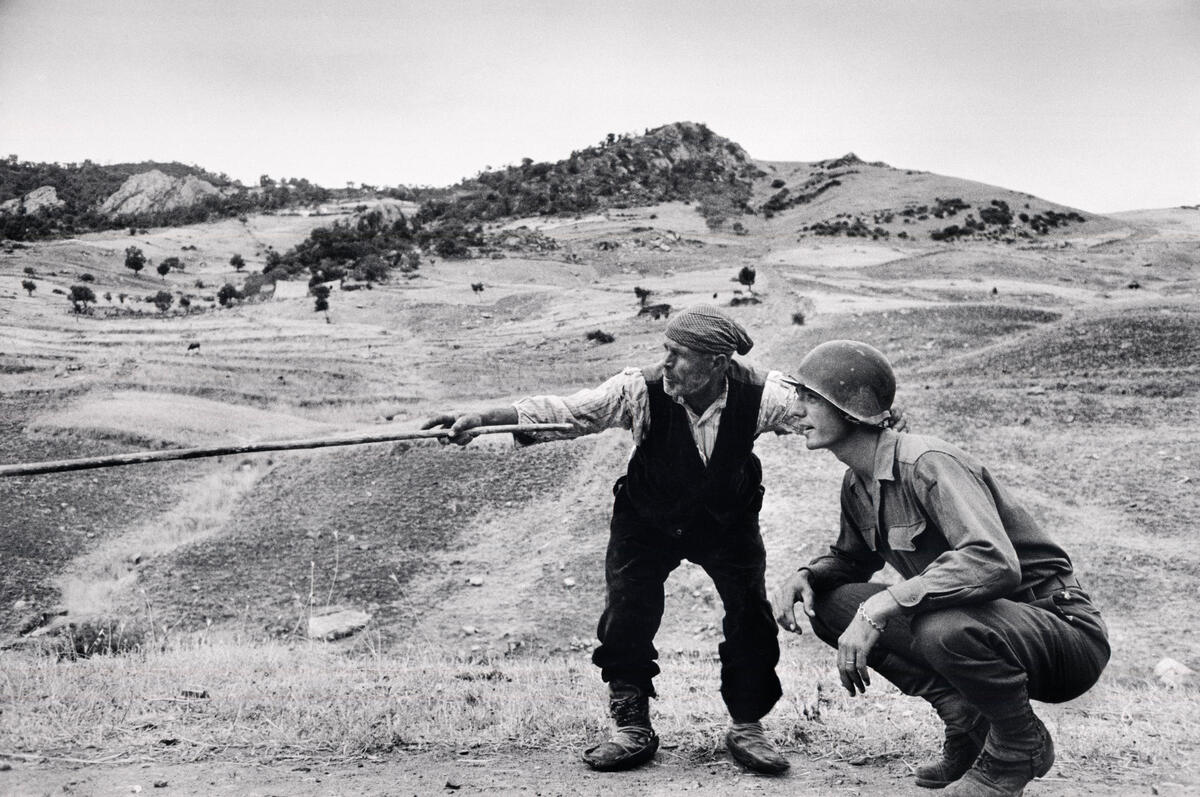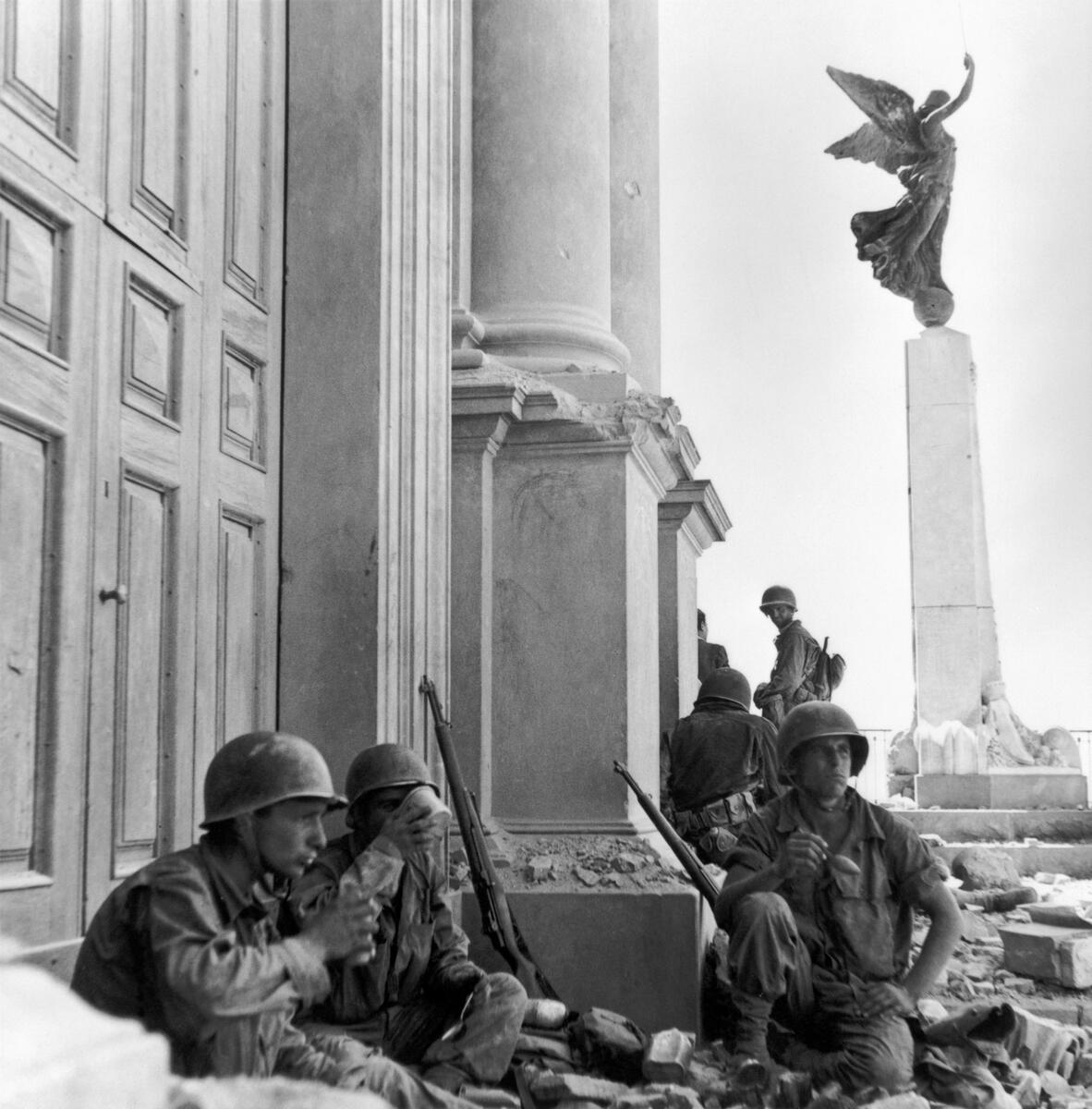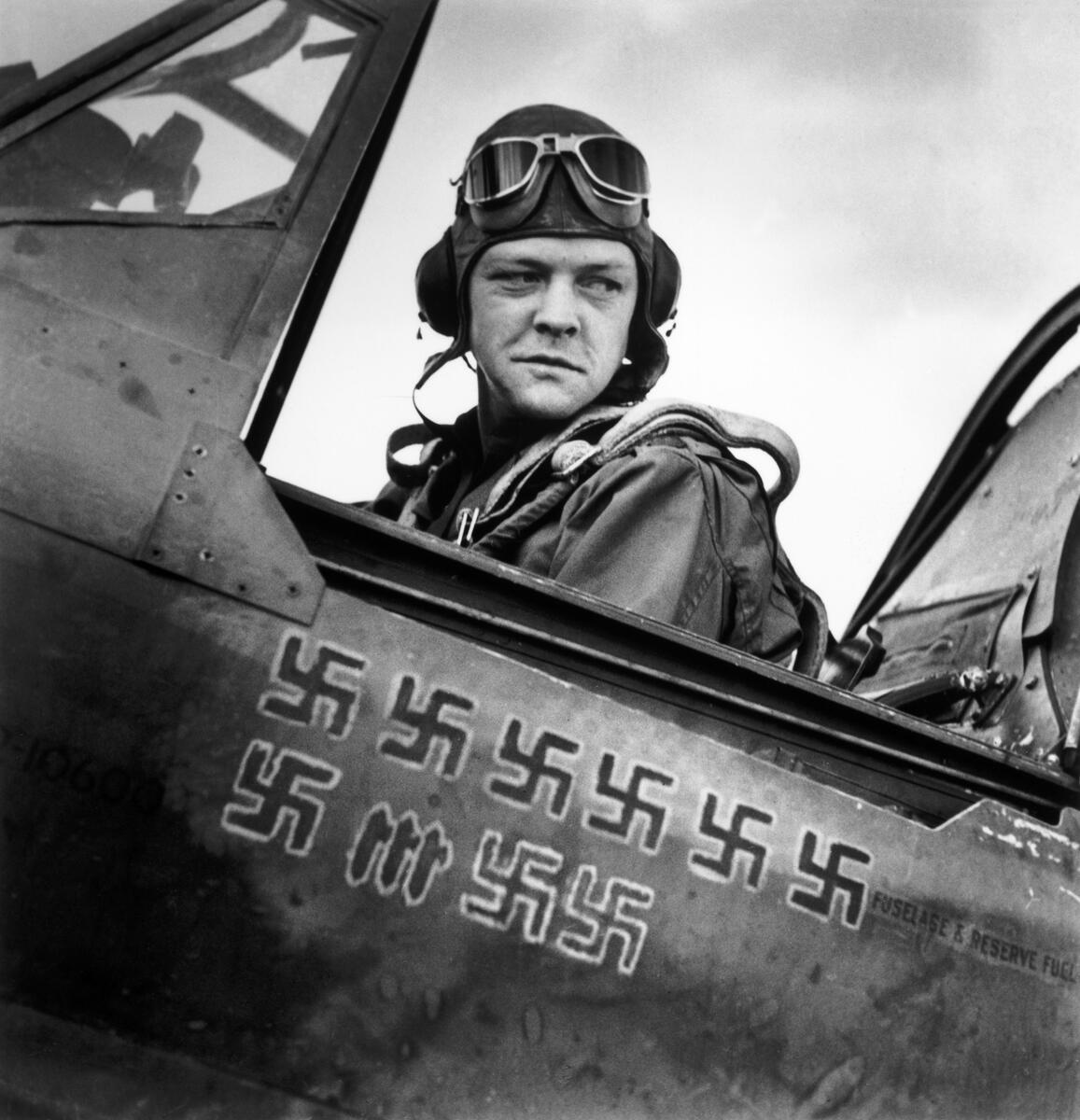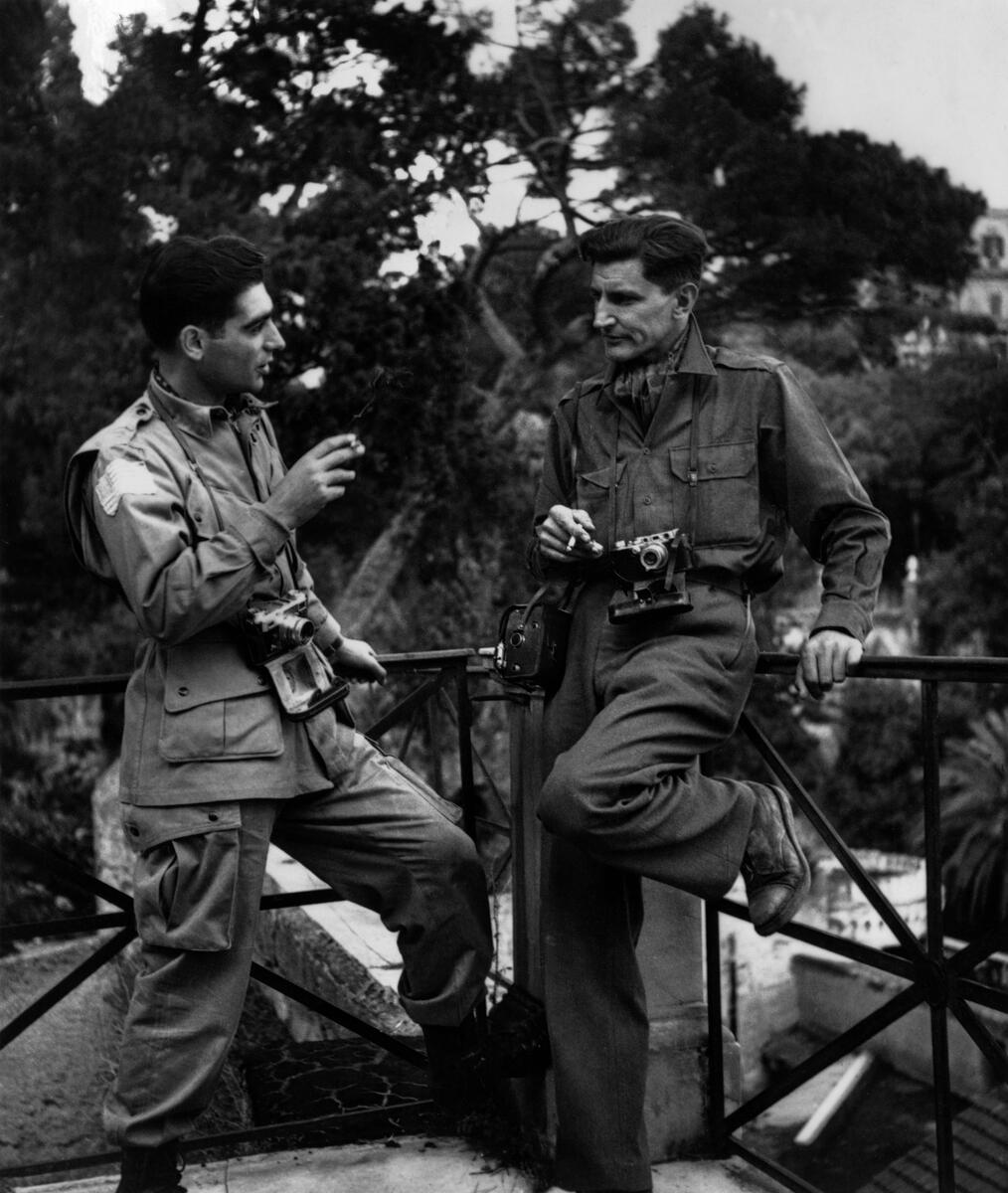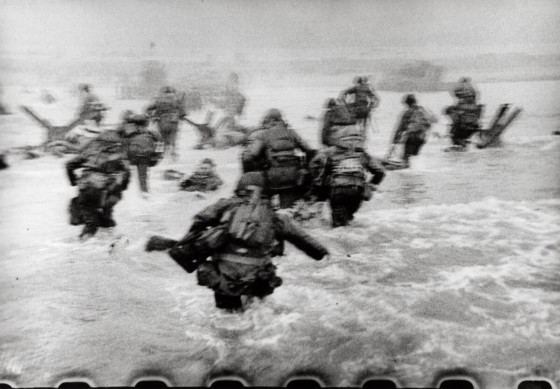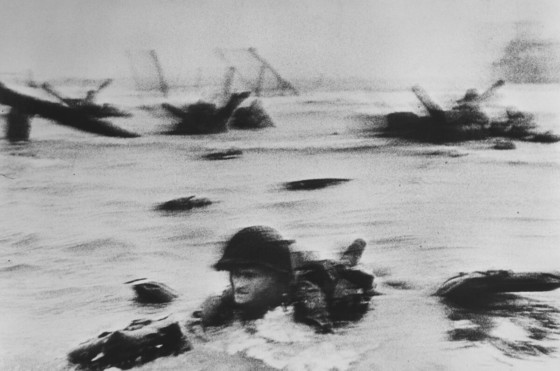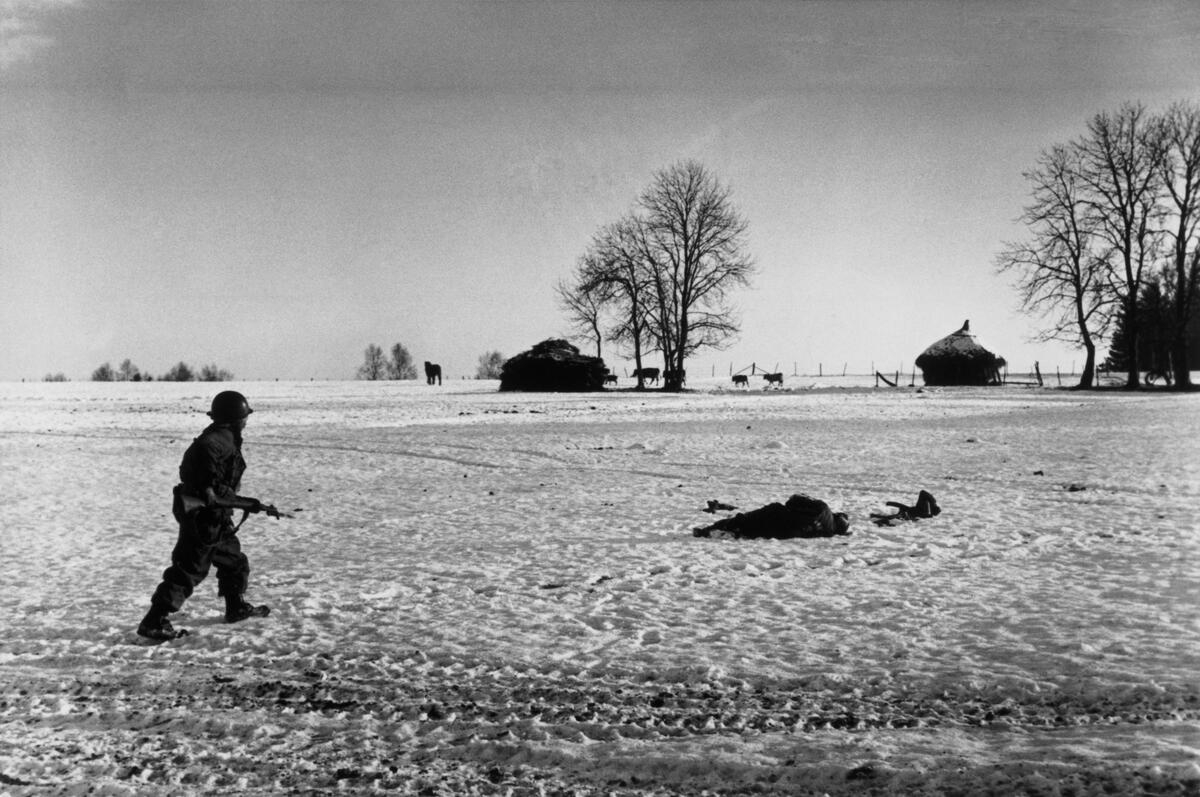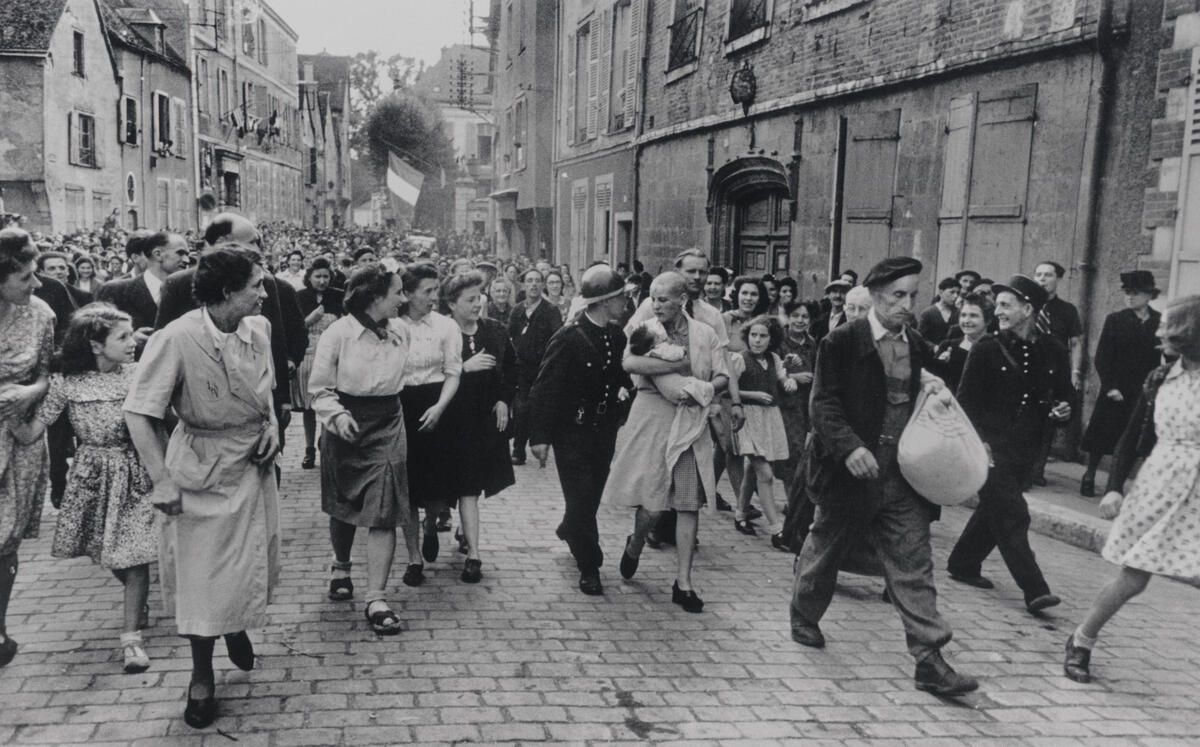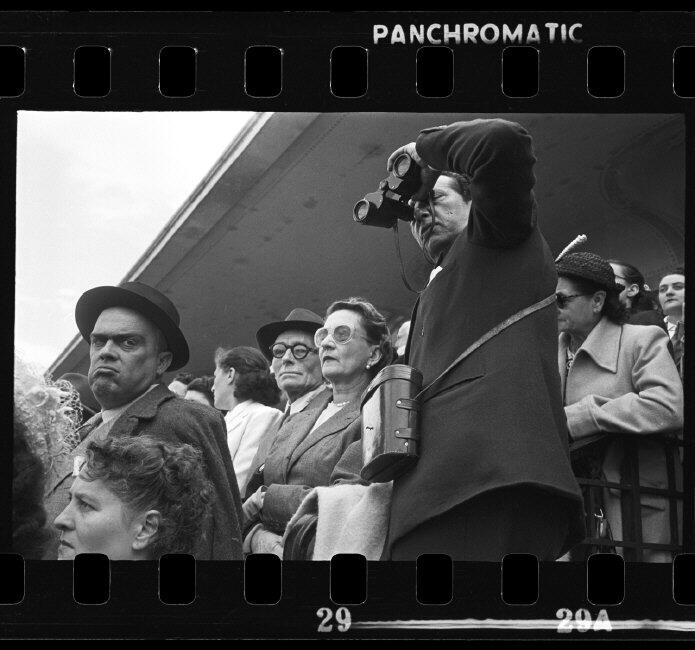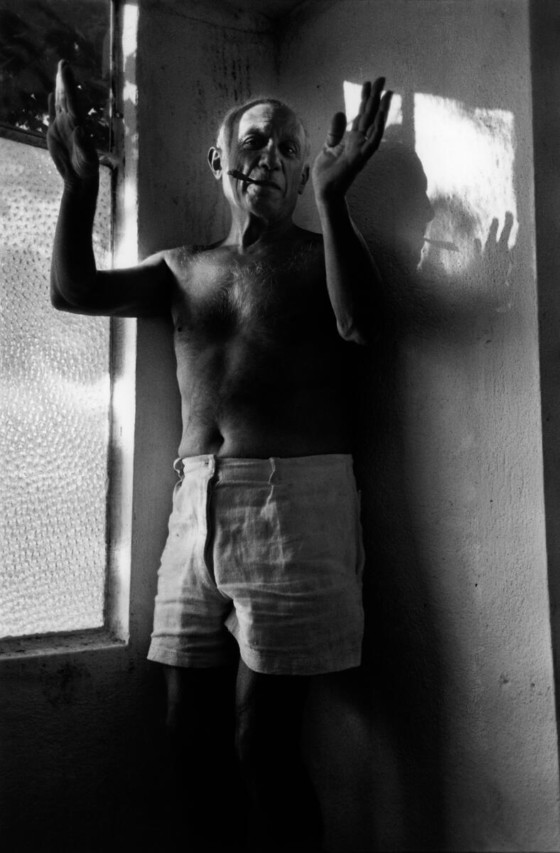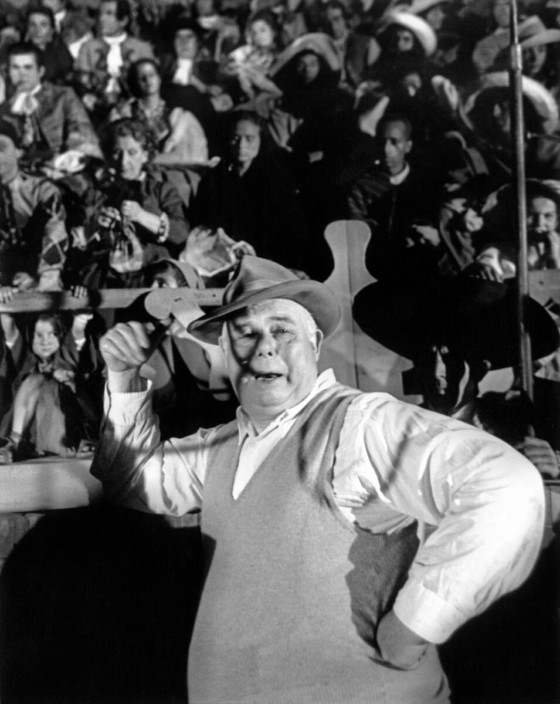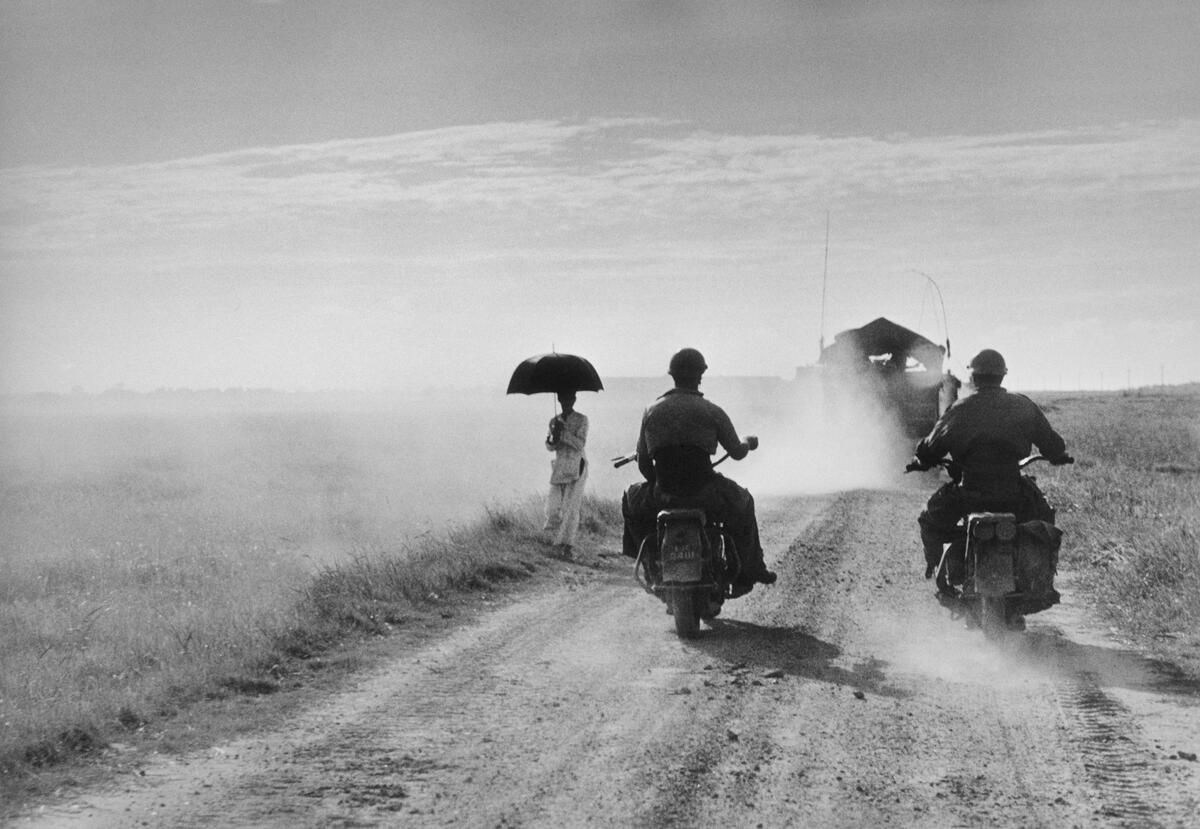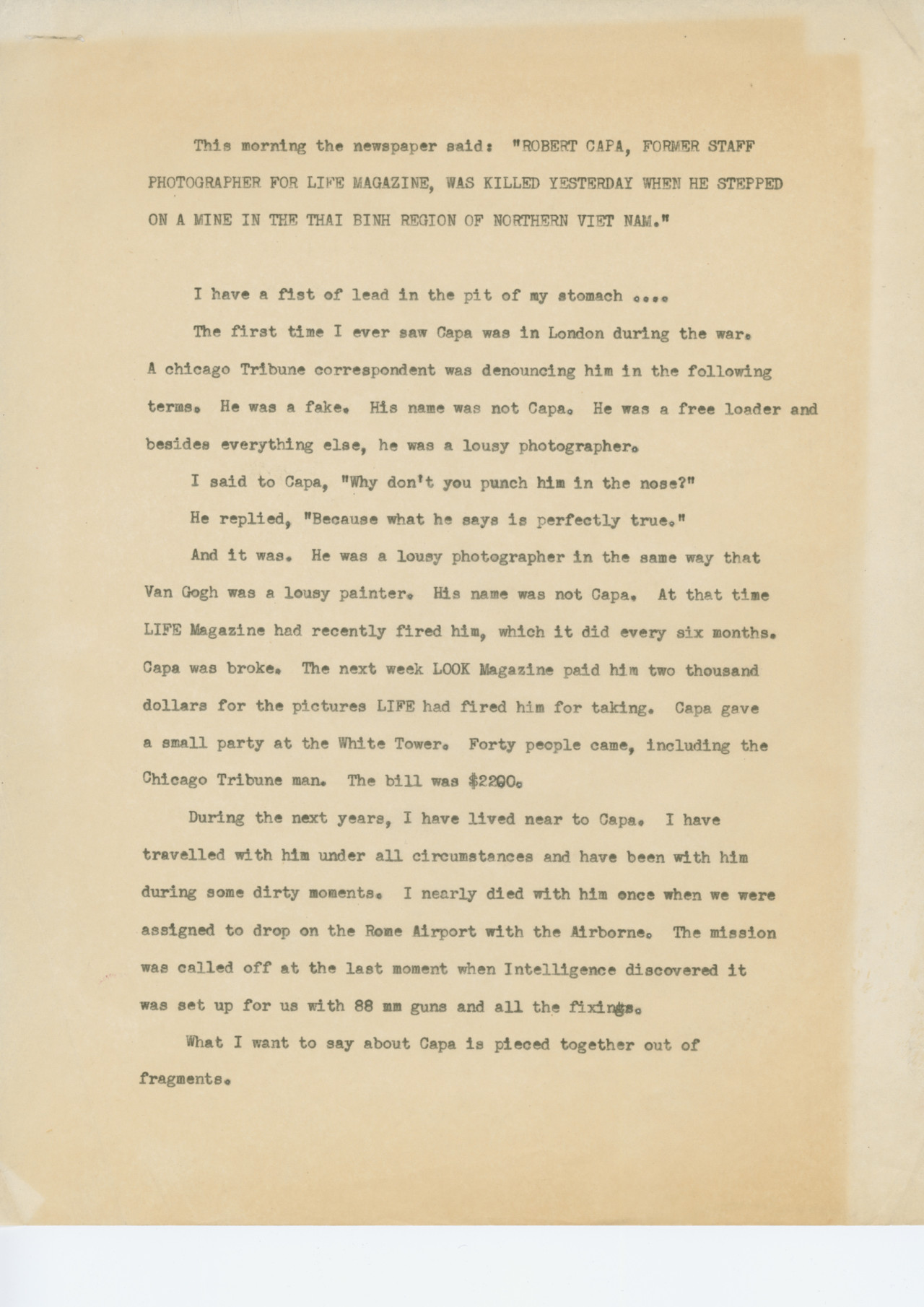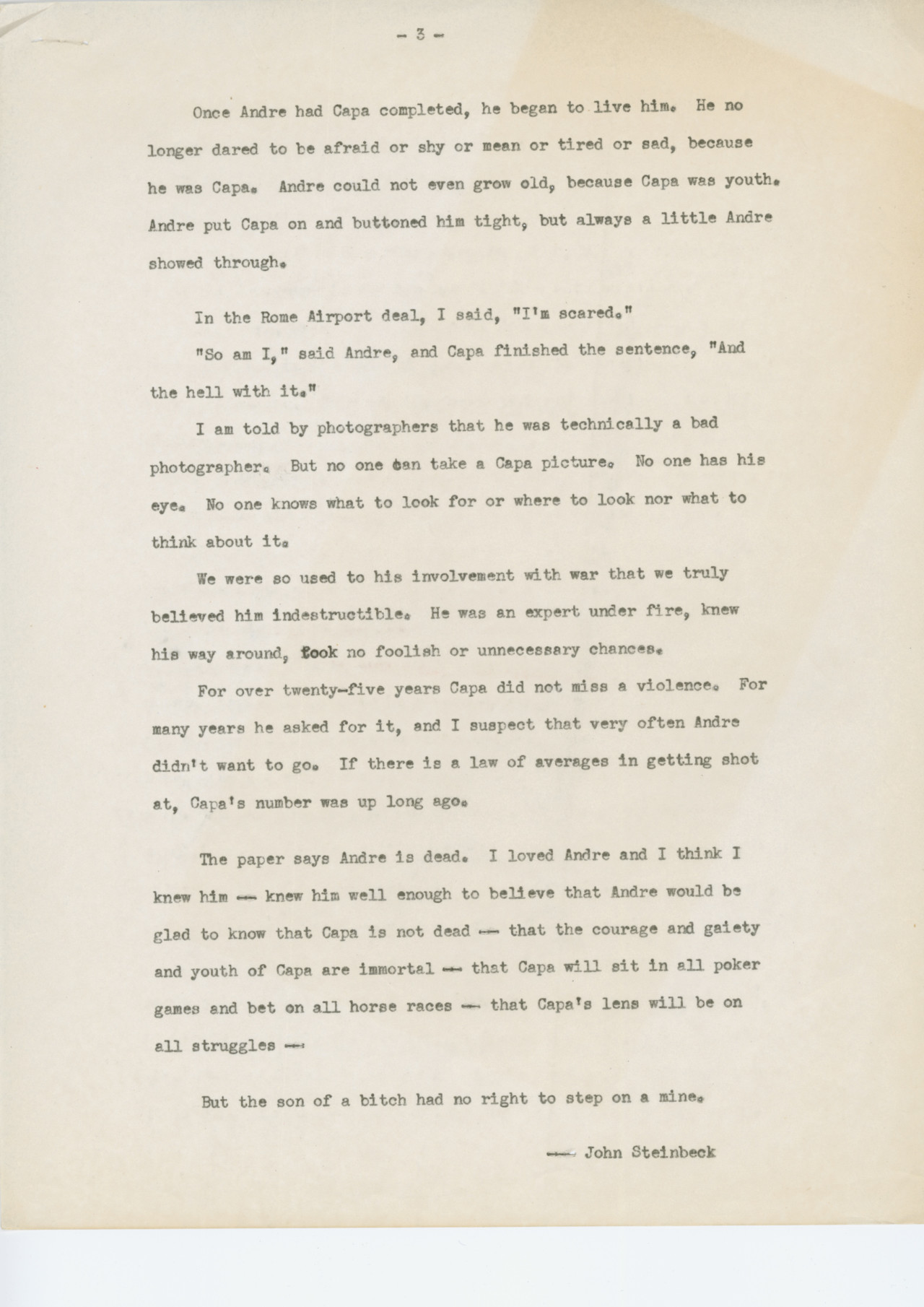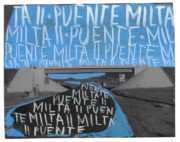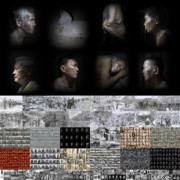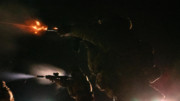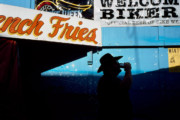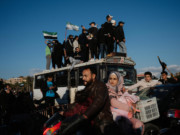The Ageless, Changeless Robert Capa
As a major exhibition opens in Deauville, Normandy celebrating the life and legacy of Capa, we revisit a letter from John Steinbeck written in the days following his death on May 25, 1954
On May 25, 2024, Magnum photographers and staff will gather at Les Franciscaines in Deauville, Normandy, for the opening of Robert Capa: Icons, a major exhibition celebrating the life and legacy of one of Magnum’s founders.
Curated by Michel Lefebvre, the exhibition brings together a series of over 130 prints from the Golda Darty Collection and Magnum archive, which span Capa’s entire career, from his early images of Trotsky in Copenhagen in 1932 to several of his final images in Indochina in 1954. Alongside the prints are vintage items from Capa’s life: contact sheets, newspaper clippings, books, and even one of his old Leicas — revealing a rare insight into the life of the man behind the lens.
To commemorate the anniversary of his death and the continuation of his legacy with this new exhibition, we take a look at a letter found in the Magnum archive by the American writer John Steinbeck, written in the days following the news of Capa’s death on May 25, 1954. In the letter, Steinbeck references the forging of the “Capa” identity, the great Gerda Taro, and his immutable influence on the people he knew and the people he photographed.
Words by John Steinbeck:
“This morning the newspaper said: ‘ROBERT CAPA, FORMER STAFF PHOTOGRAPHER FOR LIFE MAGAZINE, WAS KILLED YESTERDAY WHEN HE STEPPED ON A MINE IN THE THAI BINH REGION OF NORTHERN VIETNAM.’
“I have a fist of lead in the pit of my stomach….
“The first time I ever saw Capa was in London during the war. A Chicago Tribune correspondent was denouncing him in the following terms. He was a fake. His name was not Capa. He was a free loader and besides everything else, he was a lousy photographer.
“I said to Capa, ‘Why don’t you punch him in the nose?’
“He replied, ‘Because what he says is perfectly true.’
“And it was. He was a lousy photographer in the same way that Van Gogh was a lousy painter. His name was not Capa. At that time LIFE Magazine had recently fired him, which it did every six months. Capa was broke. The next week LOOK Magazine paid him two thousand dollars for the pictures LIFE had fired him for taking. Capa gave a small party at the White Tower. Forty people came, including the Chicago Tribune man. The bill was $2200.
“During the next years, I have lived near to Capa. I have travelled with him under all circumstances and have been with him during some dirty moments. I nearly died with him once when we were assigned to drop on the Rome Airport with the Airborne. The mission was called off at the last moment when Intelligence discovered it was set up for us with 88mm guns and all the fixings.
“What I want to say about Capa is pieced together out of fragments.
“A number of years ago there was a skinny Hungarian kid named Andre living on romantic crusts in Paris. And as usually happens he had a girl who felt that crusts inhibited romance. She decided to bolster romance with some kind of comfort by building a reputation for Andre. Together they chose the name Capa, because anybody can spell and pronounce it and because it belongs to no nation.
“In Europe, Capa was the celebrated American photographer and in America he was the eminent European artist. Meanwhile he learned to take pictures. Capa was his trade mark and Capa began to sell pictures.
“Then the Spanish war came along and the famous American-European Capa went to the fighting lines and his partner went with him.
“She was killed, ground up under a tank. What Andre had left was the name Capa and a girl’s red leather purse. He carried it in his right hip pocket always.
"Capa, in a word, was a man of the world — ageless, changeless, beautiful. "
- John Steinbeck
“Now Andre went to work on the name Capa until it was more than a trade mark. It grew to be a person, and of course that person had all the qualities Andre thought he lacked. Since Andre was not above fear, Capa was very brave. Andre was shy but Capa had great social ease. It was Andre’s tendency to brood. Capa was gay under all conditions. Andre was a little afraid of women. Capa was invariably gallant. Sometimes you wanted to kill him for it. Capa, in a word, was a man of the world — ageless, changeless, beautiful.
“Andre would have liked to keep back his own nature, but he could not. Into Capa crept Andre’s overwhelming love for children, his aching sympathy for all hurt or insulted people, the generosity that often stripped him, and a loyalty towards his friends that sometimes distorted the debonair picture of Capa the man of the world.
“Once Andre had Capa completed, he began to live him. He no longer dared to be afraid or shy or mean or tired or sad, because he was Capa. Andre could not even grow old, because Capa was youth. Andre put Capa on and buttoned him tight, but always a little Andre showed through.
“In the Rome Airport deal, I said, ‘I’m scared.’
“‘So am I,’ said Andre, and Capa finished the sentence, ‘And the hell with it.’
“I am told by photographers that he was technically a bad photographer. But no one can take a Capa picture. No one has his eyes. No one knows what to look for or where to look nor what to think about it.
"Andre would be glad to know that Capa is not dead — that the courage and gaiety and youth of Capa are immortal."
- John Steinbeck
“We were so used to his involvement with war that we truly believed him indestructible. He was an expert under fire, knew his way around, took no fooling or unnecessary chances.
“For over twenty-five years Capa did not miss a violence. For many years he asked for it, and I suspect that very often Andre didn’t want to go. If there is a law of averages in getting shot at, Capa’s number was up long ago.
“The paper says Andre is dead. I loved Andre and I think I knew him — knew him well enough to believe that Andre would be glad to know that Capa is not dead — that the courage and gaiety and youth of Capa are immortal — that Capa will sit in all poker games and bet on all horse races — that Capa’s lens will be on all struggles —
“But the son of a bitch had no right to step on a mine.”
Robert Capa: Icons is on view at Les Franciscaines in Deauville, Normandy from Saturday, May 25 to October 13, 2024. Plan your visit here.
On Saturday, May 25, Cristina de Middel, Raymond Depardon, Olivia Arthur and Emin Özmen will be hosting a talk at Les Franciscaines to coincide with the exhibition opening and the anniversary of Capa’s death. Book your tickets here.


